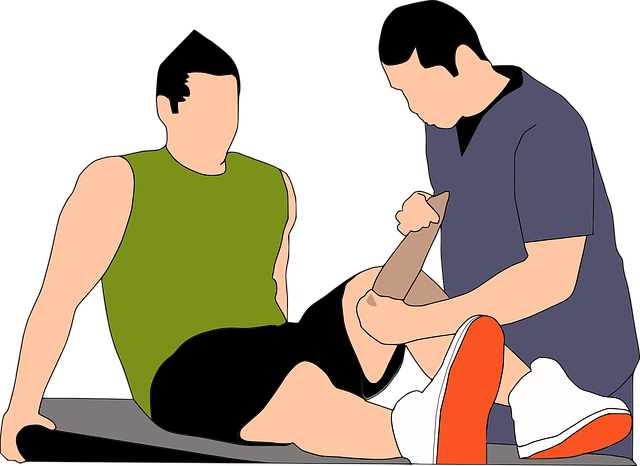Getting your scale repaired is quite easy if you know what to do. Is your electronic scale no longer working or does it indicate the correct values? Scales are precision instruments and we tend to forget that we have to maintain them and use them with care! Before you turn to the manufacturer to make the warranty work or completely separate from it, wake up the handyman inside you and see how you can get scale repairs in a jiffy.
BATTERIES
The use of poor quality batteries is the main reason why mini scales do not always work properly. So check your batteries. If they are empty, replace them with good quality new batteries, not with those on your remote control; also make sure that your battery compartment is in good condition. This is a major tip for scale repairs.
CALIBRATION
Is your balance not showing the correct values? You should always calibrate your scale with the weight indicated in your manual. Improper calibration will necessarily lead to false values. Most scales are already calibrated upon purchase, but time and use may slightly upset them. Get your scale repairs by recalibrating your scale if you think it is not working properly.
ELECTRONIC DEVICES
The environment has a significant impact on the results displayed by the electronic balance. You should know by now that to get your scales repairs, you need to check the computers, cell phones, radios, and other electronic devices because they produce magnetic fields. These interfere with the components of your balance and can cause inaccuracies. Thus, it is important to keep these devices away to ensure reliable values.
TEMPERATURE
Temperature plays an elementary role in the functioning of your balance and variations can be fatal! Always allow the scale to acclimate at room temperature for at least one hour before use. If you are using a high precision scale, you must turn it on and allow it to warm up for three minutes. Otherwise, you risk a major imbalance in your balance. The optimum temperature for use is indicated in your user manual. It is generally between 10 and 30 ° C.
DRAFTS
This is particularly valid for 0.001g precision scales. Air and wind exert pressure on the platform. Hot and cold winds, and even your breathing, can create enough pressure to skew the results. You should therefore preferably use your balance in a place sheltered from the wind.
THE WEIGHING SURFACE
You should always place your balance on a flat, level surface. Make sure that your balance is not wobbly and does not move when you tap on one of its corners.
INDICATORS THAT YOU MAY NEED SERVICE, REPAIR OR ADJUSTMENT FOR YOUR FLOOR SCALE:
- Not Reading Weight: If you have weight on the scale but it is giving a reading of zero, you may need to adjust or repair the scale. Some ways to troubleshoot this issue are:
- Make sure all the supports of the scale are indirect and solid contact with the floor and that the scale is level.
- Make sure you have removed all the shipping screws from the platform.
- Make sure the feet are screwed in properly and not screwed in too high where a stud may be blocking the load sensor from flexing.
- Reading Fluctuates: You have weight on the scale, but the reading never settles down to a consistent number, jumping back and forth. If you experience this issue, your scale most likely needs service, repair or adjustment. Professionals can help you determine the issue and decide whether the scale needs calibration once it works properly again. Some ways to troubleshoot this problem are:
- Make sure the scale is not on a vibrating surface or being buffeted by winds.
- Make sure the scale is plugged in with a clean power source.
- Make sure any devices that might cause RF interference, like two-way radios or heavy industrial electric motors, are not interfering with the scale.
- Make sure no pins are missing from the load cell cable.
- 3. Different Areas of the Platform Produce Different Readings: Depending on where you place the weight, you get a different measurement.
- Make sure you did not screw in one of the feet so tightly that it prevents the load sensor from flexing.
- Make sure all feet are on the floor.
- Make sure nothing is interfering with the platform.
In conclusion, scales repairs can be easy and you may save money if you know the right thing to do rather than running to the manufacturer for assistance. Some tips here are helpful which you need to pay keen attention to.




